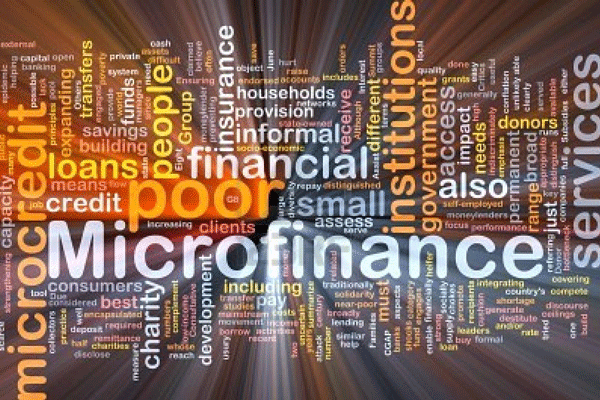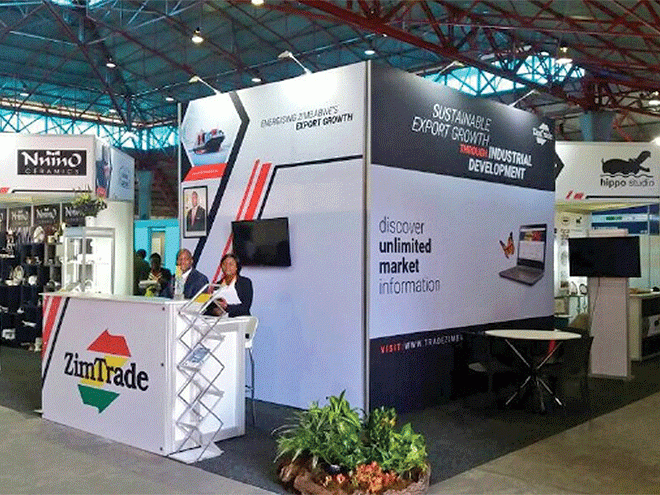
BY FIDELITY MHLANGA
MICRO Finance Institutions (MFIs) say the cost of lending has risen by eight percentage points on the back of rising inflation and the 2% tax on electronic money transfers.
According to the Zimbabwe Association of Microfinance Institutions (Zamfi) 2018 report, the institutional cost of delivering loan services by MFIs as measured by the operating expenses ratio (efficiency ratio) increased to 24% from 16% during the last quarter of 2018.
“The ratio increased from 16% to 24%, indicating that it now costs $24 to disburse a $100 loan. In addition, the cost of maintaining active borrowers is now $250 up from $147 reported in September 2018,” Zamfi said.
“The deterioration in all the above indicators of efficiency and productivity is highly correlated to the 2% money transfer tax and the significant increase in inflation recorded since September 2018. Inflation has increased from single-digit of less than 10% in September 2018, to the latest figure of 52% as at end of February 2019.”
The 2% tax was introduced last year by government as a measure to widen government’s revenue collection.
The report also indicated that rural lending went down to 15% from 29% during the period under review, due to costly money transfer charges.
“Outreach to rural areas has been largely achieved using mobile delivery platforms, hence the 2% money transfer tax has negatively affected such efforts by MFIs. It is the wish of Zamfi and its members, amounting to 131 MFIs, to see the tax being either reduced or exempted for business to people transactions, people to business transactions and business to business (B2B) transactions. This exemption will truly make micro-finance open for business leading to increased economic activity,” Zamfi said.
- Chamisa under fire over US$120K donation
- Mavhunga puts DeMbare into Chibuku quarterfinals
- Pension funds bet on Cabora Bassa oilfields
- Councils defy govt fire tender directive
Keep Reading
The MFI association said the recent introduction of a new currency, real time gross settlement dollar (ZWR$) by the central bank trading at US$1: ZWR$2,5, well below the US$1: ZWR$3,5 in the alternative market, is not expected to quell the current inflationary state, at least not in the short to medium term period.
During the period under review, MFIs total loans disbursed grew to $207,3 million by the end of December 2018 from $176,5 million in September 2018.
Loans to the productive sector grew to 40% from 26% outpacing consumption loans which also grew to 32% from 29%.
Agriculture loans declined to 14% from 23%, in line with perceived risk in the agriculture sector for the 2018-19 seasons due to drought.
The sector’s total assets increased by 13,1%, to $233,5 million as at December 31, 2018 from $206,3 million a few months earlier in September.
The sector in terms of credit outreach continues to be dominated by five credit only microfinance institutions with an aggregate loan portfolio of $157,3 million against total loans for the sector amounting to $207,3 million as at 30 December 2018.











